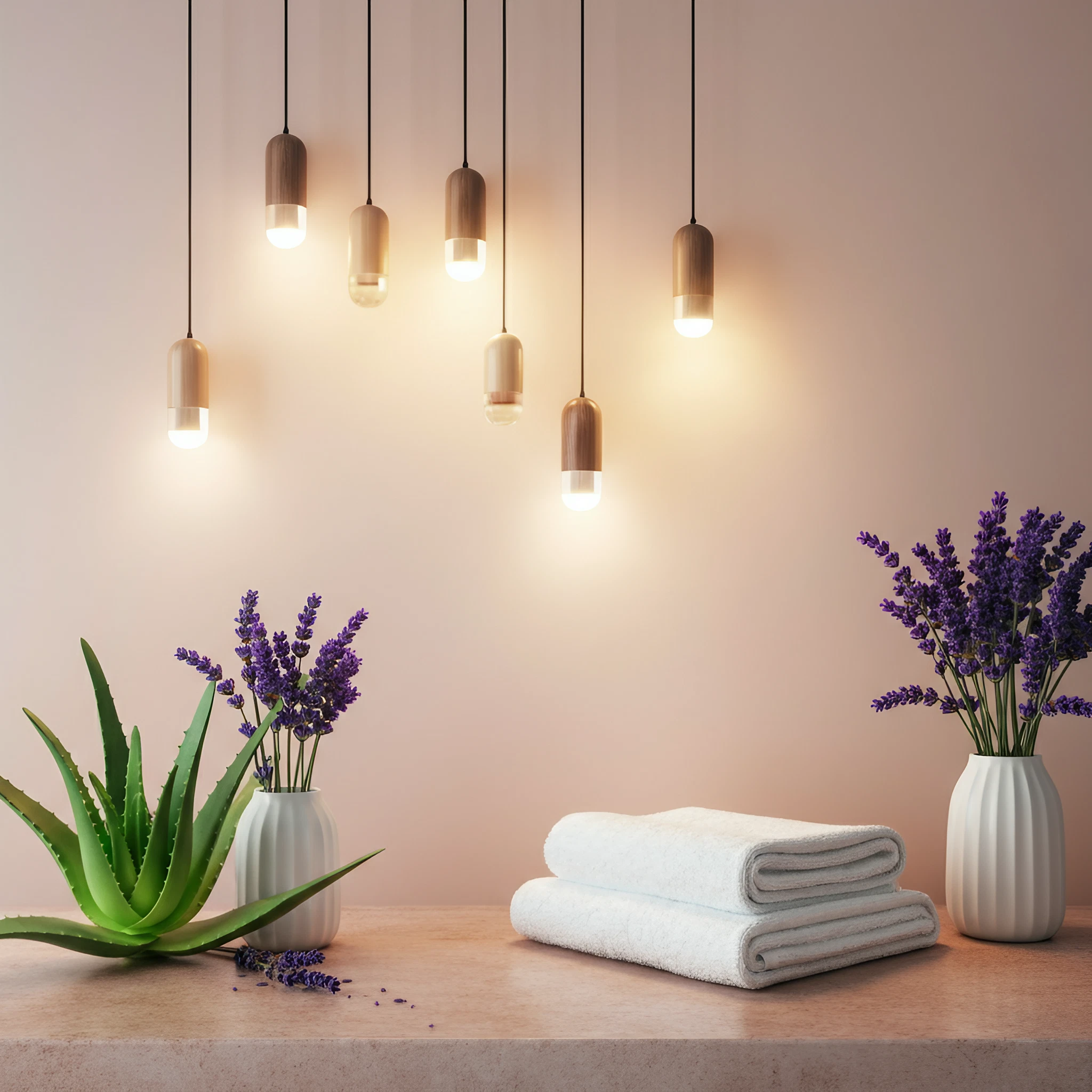Daith piercings have become a popular choice among piercing enthusiasts for their edgy appearance and rumored health benefits, such as migraine relief. However, a common concern for many who get this piercing is the appearance of a bump near the pierced area. This can be both unsightly and uncomfortable, but the good news is that it’s often treatable with the right approach. This article explores daith piercing bump treatment and offers actionable steps to care for your piercing.
What Causes a Daith Piercing Bump?
Before jumping into treatment, it helps to understand the potential causes of a piercing bump. Not all bumps indicate infections; they can also form due to:
- Irritation from your jewelry, hats, headphones, or hair catching on the piercing.
- Allergic reactions to the material of your jewelry, such as nickel.
- Improper aftercare or touching the piercing with dirty hands.
- Trauma or pressure, such as sleeping on the piercing or accidentally bumping it.
While some bumps are harmless and will go away with proper care, it’s important to differentiate between an irritant bump and something more severe, like an infection.
Signs of an Infection
Be on the lookout for these symptoms, as they may indicate an infected piercing:
- Redness, warmth, or excessive tenderness
- Yellow or green discharge
- Swelling or an unusual smell
- Fever or fatigue (a sign that the infection may be spreading)
If your piercing shows signs of infection, consult a healthcare professional promptly.
Treatments for a Daith Piercing Bump
Here’s a step-by-step guide for daith piercing bump treatment depending on its cause.
1. Clean the Area Regularly
Proper cleaning is essential for maintaining a healthy piercing.
- Wash your hands thoroughly before touching the piercing.
- Use a saline solution or a piercing-specific cleanser to clean the area twice daily. Avoid alcohol or hydrogen peroxide, as they can dry out the skin and further irritate the bump.
- Gently pat the area dry with a clean cloth or gauze.
2. Try Sea Salt Soaks
A sea salt soak is one of the most effective remedies for a piercing bump. It helps reduce inflammation and clear minor infections.
- Mix 1/4 teaspoon of sea salt with 8 ounces of warm, distilled water.
- Dip your ear in the solution for 5-10 minutes or use a clean cloth to apply the soak to the bump.
- Repeat this process 2–3 times daily.
3. Use a Warm Compress
For pain and swelling, a warm compress can help promote blood flow and reduce irritation.
- Heat a clean cloth in warm (not hot) water.
- Apply the compress to your ear for 10–15 minutes.
- Do this twice a day to soothe the bump.
4. Avoid Antibiotic Creams
While it may be tempting to use over-the-counter antibiotic ointments or creams, these can trap bacteria under the skin, worsening the issue. Stick to cleaning with saline and seek medical advice for severe infections.
5. Stop Irritating the Area
The bump may be a result of irritation rather than an infection. If so:
- Check your jewelry. Opt for hypoallergenic materials, like surgical stainless steel, titanium, or gold.
- Adjust your sleeping habits. Avoid sleeping on the pierced ear.
- Be mindful of accessories, like scarves, hats, and headphones, which may rub against the piercing.
6. Consult a Professional
If the bump persists despite following these steps, visit your piercer or a dermatologist. They can help assess whether the bump is caused by irritation, a keloid, or an infection, and recommend further treatment.
Preventing Future Bumps
Once your bump has healed, prevention is key to maintaining a healthy daith piercing. Follow these best practices:
- Stick to Aftercare Instructions: Follow your piercer’s recommendations for cleaning and caring for your piercing.
- Leave the Jewelry in Place: Removing the jewelry too early can cause the piercing to close and trap bacteria, leading to complications.
- Use Quality Jewelry: Choose high-quality materials that are less likely to cause an allergic reaction or irritation.
- Avoid Touching the Piercing: Refrain from twisting or touching the jewelry unless you’re cleaning the area.
- Clean Surrounding Objects: Regularly sanitize items like your phone, headphones, pillowcases, and hats to reduce the risk of bacteria transfer.
When to See a Doctor
If you experience severe pain, a fever, or drainage that doesn’t improve after 24–48 hours of cleaning, you should consult a healthcare provider. They may prescribe antibiotics or recommend further treatment.
Final Thoughts
Caring for a daith piercing bump doesn’t have to be overwhelming. With the right cleaning routine and a bit of patience, most bumps can heal completely. However, it’s crucial to recognize when professional medical advice may be needed to avoid complications.
If you’re considering a daith piercing or currently dealing with a piercing bump, a little aftercare and mindfulness can go a long way in ensuring your piercing becomes the stylish statement you intended it to be.
Remember, taking the time to follow proper procedures not only improves healing but also ensures you’ll enjoy your daith piercing trouble-free in the long run!








